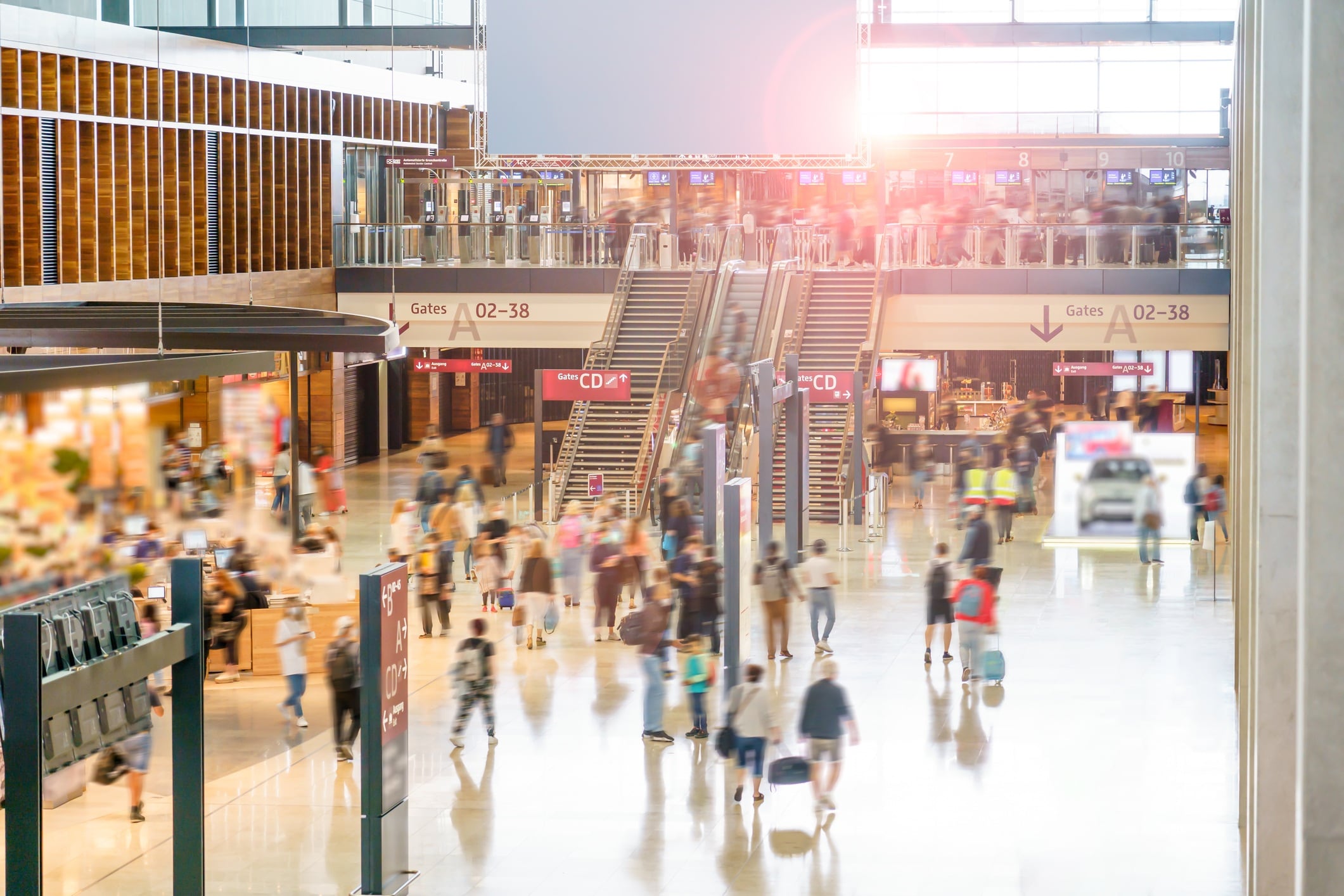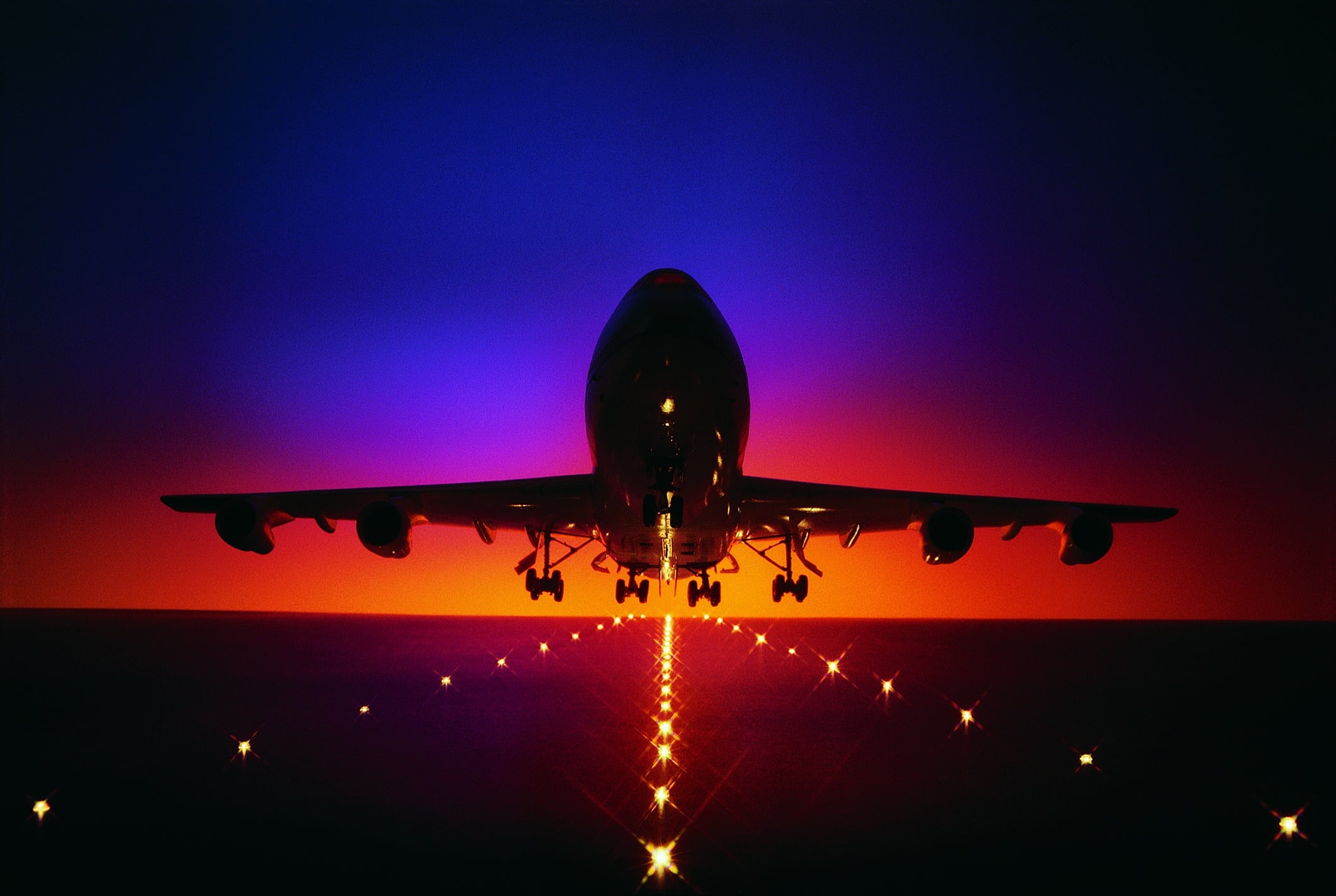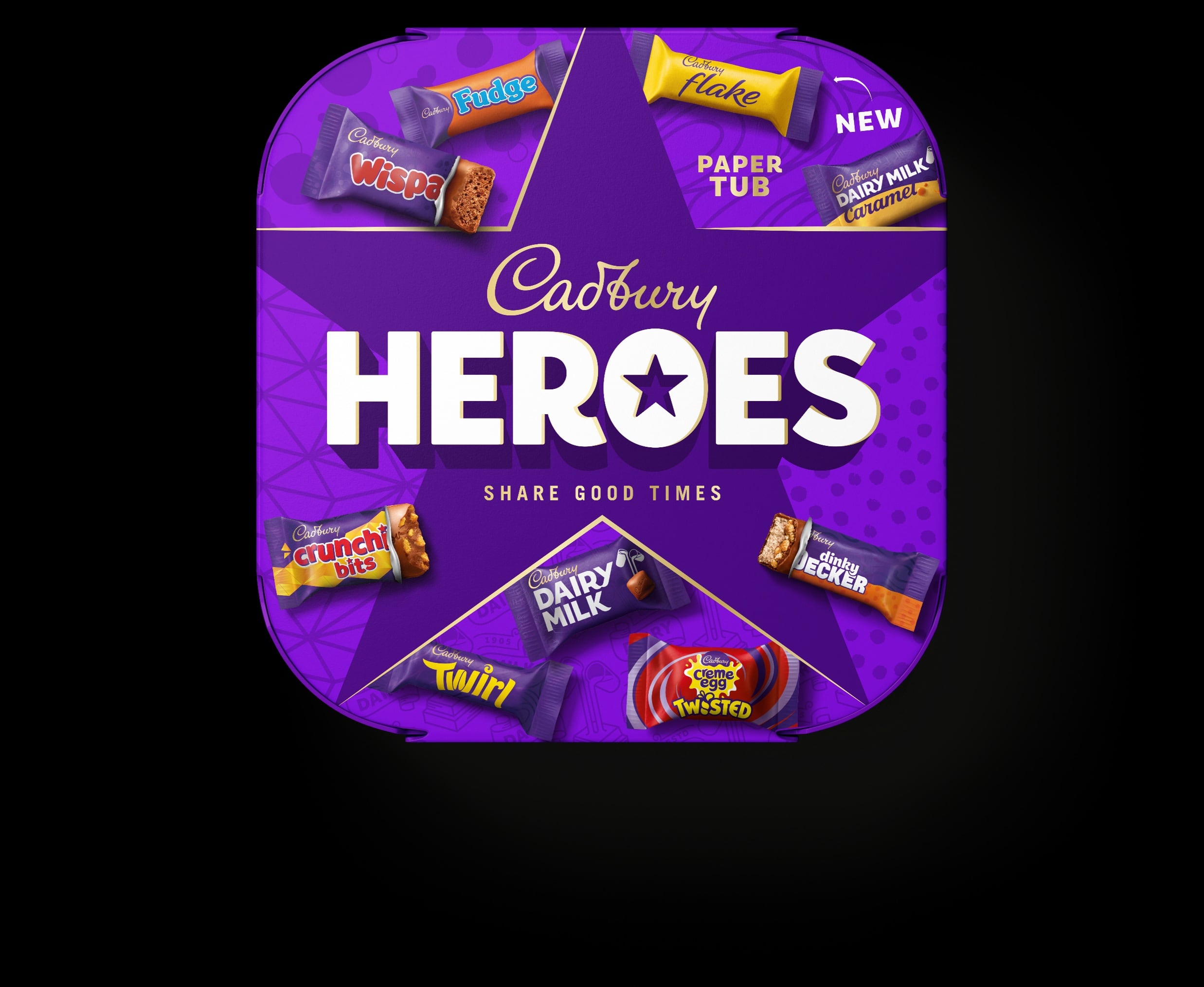Travel retail a major growth opportunity for confectionery brands - Summary
- Travel sweets and snacks market valued at $4.8bn and growing fast
- Expected to reach $7.7bn by 2030 with 8.3% CAGR
- Travel retail offers captive, affluent audience for impulse purchases
- Mondelēz uses exclusive packaging and experiences to drive engagement
- Sector shift opens strategic opportunities for other FMCG manufacturers
The travel sweets and snacks industry is big business, but its potential has long been overlooked.
Until now.
From airports to seaports, cruise ships to border shops, the travel retail is increasingly being seen as an untapped market, with major FMCGs including Ferrero, Nestlé, Hershey, and Mondelez, now fully turning their attentions towards it.
It’s already worth $4.8bn (€4.1bn), and growing at a CAGR of 8.3%, taking it to $7.7bn by 2030 (market analysts Grand View Horizon).
And while traditionally dominated by luxury goods, it’s now rapidly evolving into a strategic platform for broader categories, including confectionery and snacks.
It’s no surprise then that confectionery and snacking giant, Mondelēz International, is jumping on the opportunity.
Key trends driving sector growth:
- Rapid Market Growth: The overall global travel retail market is worth over $72bn. What’s more, it’s growing at a CAGR of over 10%, putting it on a path to more than double ($145bn) by 2032 (Fortune Business Insights).
- Captive, affluent audience: Airports, cruise terminals, and international train stations offer brands access to a captive and often affluent consumer base, making them ideal venues for premium and impulse purchases.
- Experiential shopping demand: Travellers increasingly seek exclusive, immersive, and personalised experiences, which opens the door for brands to innovate with packaging, storytelling, and digital integration.
- Strategic expansion: FMCG brands are leveraging travel retail to launch exclusive SKUs, test new products, and build global brand visibility, with relatively low marketing costs.
Mondelēz International travel plans
Mondelēz World Travel Retail, a division of Mondelēz International, is reinvigorating its approach to the travel retail sector, with the launch of its comprehensive ‘Destination: Value’ framework. This strategic pivot reflects a broader ambition to redefine the role of confectionery and snacking within duty free, transforming it from a transactional space into a dynamic, experience-led channel.
At the heart of this new strategy is a commitment to traveller-centric innovation, where the journey becomes as rewarding as the destination. Mondelēz is investing in exclusive packaging formats and personalised offerings, such as customisable Toblerone sleeves that allow travellers to add names or messages, designed to create emotional connections and memorable moments.
These initiatives are complemented by celebratory campaigns, including high-profile activations like Cadbury’s 200th anniversary celebrations in major UK airports, blending nostalgia with brand storytelling to engage travellers at a deeper level.
To ensure these experiences resonate, Mondelēz is drawing on behavioural science and extensive traveller insights, using data to understand motivations, preferences, and emotional triggers. This research informs everything from product placement to the design of immersive, digitally integrated retail environments, developed in close collaboration with airport retailers. These spaces are tailored to appeal particularly to Gen Z and Millennial consumers, who value authenticity, interactivity, and shareable experiences.
A key pillar of the strategy is the push to unlock incremental growth in underleveraged categories, especially snacking. Traditionally overshadowed by luxury goods in travel retail, snacking offers significant potential for impulse purchases and repeat engagement. Mondelēz is leveraging cross-category collaboration - for example, integrating chocolate with biscuits or gum - to create compelling multi-product offers that drive basket size and shopper satisfaction.
By investing in exclusive formats, high-impact campaigns, and experiential activations, Mondelēz is not only enhancing brand visibility but also redefining what value means in travel retail.
It’s a shift from price-based value to emotional and experiential value, positioning confectionery as a meaningful part of the travel experience rather than a mere souvenir or indulgence.

The future of travel retail
Looking ahead, the travel retail sector offers a wealth of untapped potential for confectionery and snacking brands willing to innovate and adapt.
As consumer expectations shift towards more immersive, personalised, and emotionally engaging experiences, brands that embrace this evolution will be best positioned to thrive.
The success of Mondelēz’s Destination: Value strategy demonstrates how data-driven insights, exclusive packaging, and experiential activations can redefine value in a channel once dominated by luxury.
For other FMCG players, the opportunity lies in leveraging travel retail not just as a sales channel, but as a brand-building platform - one that connects with a global, captive audience in meaningful and memorable ways.
The journey is no longer just about the destination, it’s about the experience along the way.





